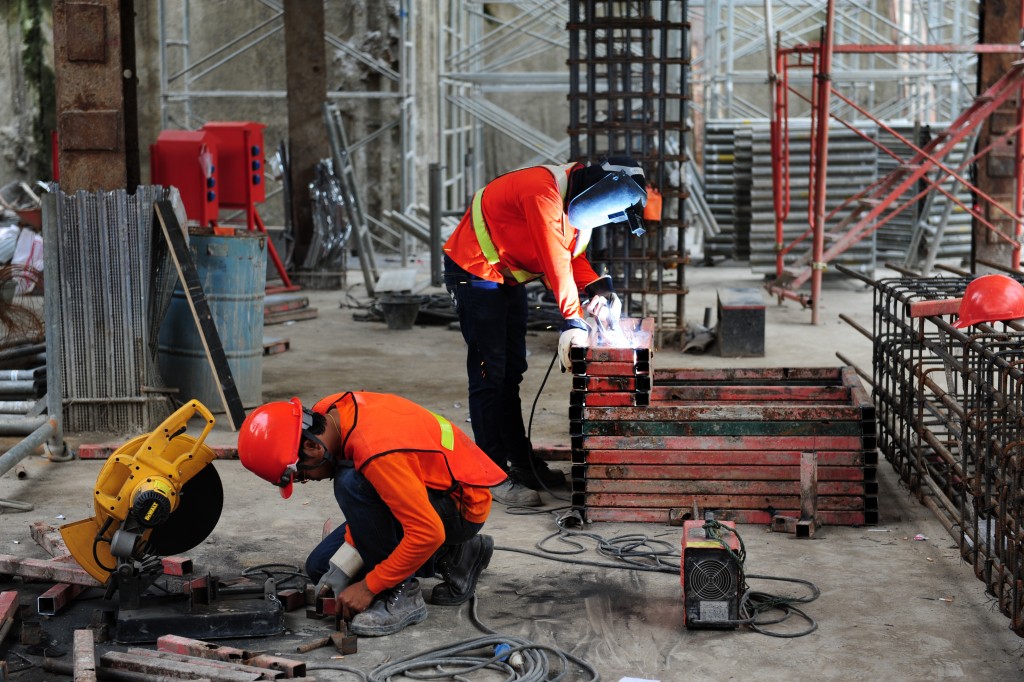US citizens are having fewer children — and not as much as the country needs. The country has been below replacement levels since 1970 and the consequences are starting to show.
Smaller Workforce
Every American family needs to have 2-3 children to sustain the country’s population. Fewer children mean the next generation of workers is fewer than the previous ones — slowly whittling down the workforce. This phenomenon is evident in the trucking industry. With fewer new truckers replacing older ones, the industry is in constant worker shortage and is headed for a collapse in 10-15 years as most of its drivers are already over 55 years of age. Trucking companies can offer higher wages, recruit aggressively, or obtain staffing solutions from third party contractors. The government, however, can’t do the same for citizens to encourage bigger families. Large corporations are exploring automated solutions to make up for the shrinking workforce as the pool of capable workers grows increasingly smaller.
Social Security Issues
The American demographic by age now looks like an inverted pyramid — there are more seniors at the top than there are children at the bottom. Longer life expectancy has increased the number of citizens over the age of 65 — making Social Security unsustainable. With more retirees receiving benefits than contributors, the financial reserves of Social Security will be in major decline starting this year. Even with the strong economy, the massive amount of pay-outs is expected to whittle down the $2.9 trillion reserve of the system — and projections mark 2035 as the year it drops to zero. This does not necessarily mean the end of Social Security, but expect massive cuts (at least 20-25 percent) to benefits. With almost 40 percent of retirees relying solely on Social Security, the future of retirees just got a lot bleaker.

Adapting to the Changing Times
The aging demographics of the country is sure to create changes in the workplace and how the government spends money. Automation may soon be an integral part of the workplace — eliminating jobs that are repetitive and require minimal skill. Surprisingly, skilled work in trucking, construction, and manufacturing have smaller risks of getting replaced compared to menial office jobs.
The good news is that there are solutions to help you adapt to the changing times. You can, for starters, learn a trade or opt for a job that requires direct contact with people. You can also fortify your retirement funds by diversifying your contributions. Put the minimum on social security and try to put as much as you can on your 401K and savings. If you’re over 50, you should be able to put more into your 401K through catch-up policies required by the government. A lot of retirees are retiring at the age of 62, even with deductions. Opting for an early payout ensures you get the full benefits instead of the new rates in 2035.
Children are the future of the nation — but Americans are not having enough. There will be trying times as the nation adapts to the new paradigm. It could take decades before the population rights itself once more.

